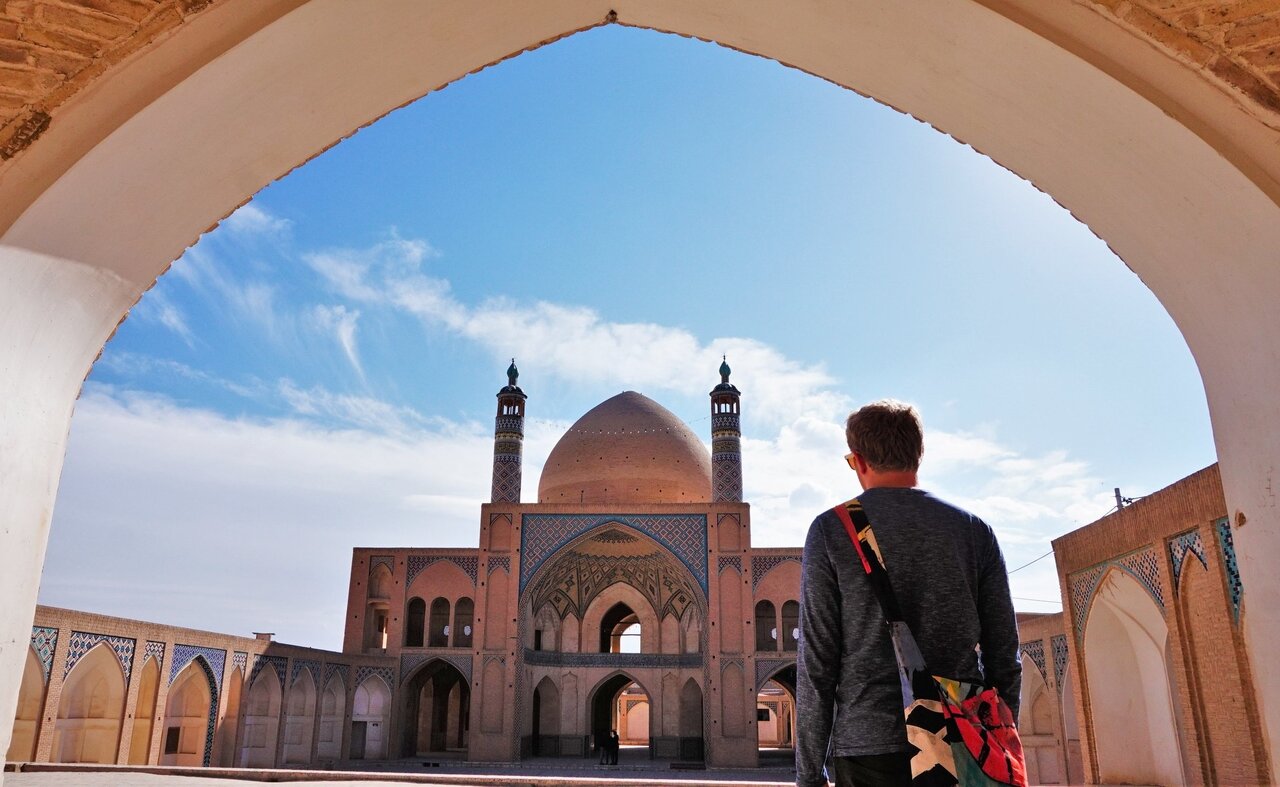A first-timer’s guide to Iran: when to visit, things to do

TEHRAN – With the new visa exemptions in place, now is the perfect time for travelers to seize the opportunity to uncover the wonders of Iran and create unforgettable memories that will last a lifetime.
The country’s recent decision to introduce visa exemptions for passport holders from 32 countries marks a significant step towards welcoming global travelers and fostering tourism growth. That development not only streamlines the process for visitors but also signals Iran's commitment to promoting its cultural heritage and historical significance on the world stage.
With its wide-ranging historical sites dating back thousands of years, Iran offers an unparalleled journey through time. From the magnificent ruins of Persepolis to the stunning architecture of Isfahan's Imam Square, travelers can immerse themselves in the grandeur of Iran's ancient civilizations.
Moreover, the country's natural beauty ranges from the lush forests of the north to the arid deserts of the south, offering a diverse range of experiences for every type of adventurer.
Best time to visit
The best time to visit Iran largely depends on the type of experience you're seeking and the regions you plan to explore due to Iran's diverse climate. Generally, spring (March to May) and autumn (September to November) are considered the most pleasant times to visit, as temperatures are mild, and you can enjoy comfortable weather throughout most parts of the country. During these seasons, you can explore cities like Tehran, Isfahan, Shiraz, and Yazd comfortably, without extreme heat or cold.
Summer (June to August) can be very hot, especially in central and southern Iran, with temperatures often exceeding 40°C. However, if you're interested in visiting the Caspian Sea region or the mountainous areas of the north, where the climate is more temperate, summer can still be enjoyable.
How to reach Iran?
By air: Flying is the most common way to reach Iran from international destinations. Major cities like Tehran, Shiraz, Isfahan, and Mashhad have international airports with regular flights connecting them to various cities around the world. You can book direct flights to Tehran Imam Khomeini International Airport (IKA) or other major airports in Iran from major cities in Europe, Asia, and the Middle East. Airlines such as Iran Air, Turkish Airlines, Emirates, Qatar Airways, and others operate flights to Iran.
By land: If you're traveling from neighboring countries, you can enter Iran by land. Iran shares borders with several countries, including Turkey, Armenia, Azerbaijan, Turkmenistan, Afghanistan, and Pakistan. There are land border crossings that allow travelers to enter Iran by bus, car, or train. However, it's important to check visa requirements and border crossing regulations beforehand, as they may vary depending on your nationality and the specific border crossing.
Best things to do
Explore the ancient city of Persepolis: Marvel at the impressive ruins of Persepolis, an ancient capital of the Persian Empire and a UNESCO World Heritage Site.
Visit Isfahan's UNESCO-listed sites: Explore Isfahan, often referred to as "Half of the World," and visit its iconic landmarks, including the Imam Square (Naqsh-e Jahan Square), Sheikh Lotfollah Mosque, Imam Mosque, and Ali Qapu Palace. Wander through the historic bazaars and marvel at the intricate tilework and architecture.
Discover the city of Shiraz: Shiraz is known for its beautiful gardens, historic mosques, and the tomb of the famous Persian poet Hafez. Visit the Nasir al-Mulk Mosque (Pink Mosque), Eram Garden, and the ancient ruins of Persepolis nearby.
Visit Yazd: Explore the ancient city of Yazd, renowned for its winding lanes, mud-brick architecture, and traditional Persian culture. Visit the Jameh Mosque of Yazd, Amir Chakhmaq Complex, and Yazd Atash Behram (Zoroastrian Fire Temple).
Savor Persian cuisine: Indulge in the rich and diverse flavors of Persian cuisine, which includes aromatic rice dishes like Kebab, hearty stews such as Ghormeh Sabzi and Fesenjan, and an array of delicious kebabs, bread, and desserts like saffron ice cream.
Relax by the Caspian Sea: Relax on the beaches of the Caspian Sea, particularly in the resort towns of Ramsar and Chalus. Enjoy swimming, water sports, and fresh seafood while soaking in the coastal scenery.
What to buy?
Persian carpets and rugs: Known for their exquisite craftsmanship and intricate designs, Persian carpets and rugs are highly prized worldwide. You can find a wide variety of styles, colors, and sizes in Iran's bazaars and carpet shops.
Handmade pottery and ceramics: Look for beautifully glazed tiles, vases, plates, and decorative items featuring traditional Persian motifs.
Enamelware and metalwork: Traditional Iranian metalwork, including copper, brass, and silver items adorned with intricate patterns and designs, makes for elegant souvenirs.
Persian miniatures and calligraphy: Explore Iran's rich artistic heritage by purchasing miniature paintings or calligraphy artworks, which often depict scenes from Persian literature, history, or poetry.
Saffron and spices: Iran is one of the world's largest producers of saffron, prized for its intense flavor and vibrant color. You can buy high-quality saffron threads, as well as other Persian spices like sumac, dried limes, and Persian rose petals.
Traditional handicrafts: Look for items like Persian textiles, marquetry, khatam (wood inlay), and Qalamkar (block-printed fabric).
AM
